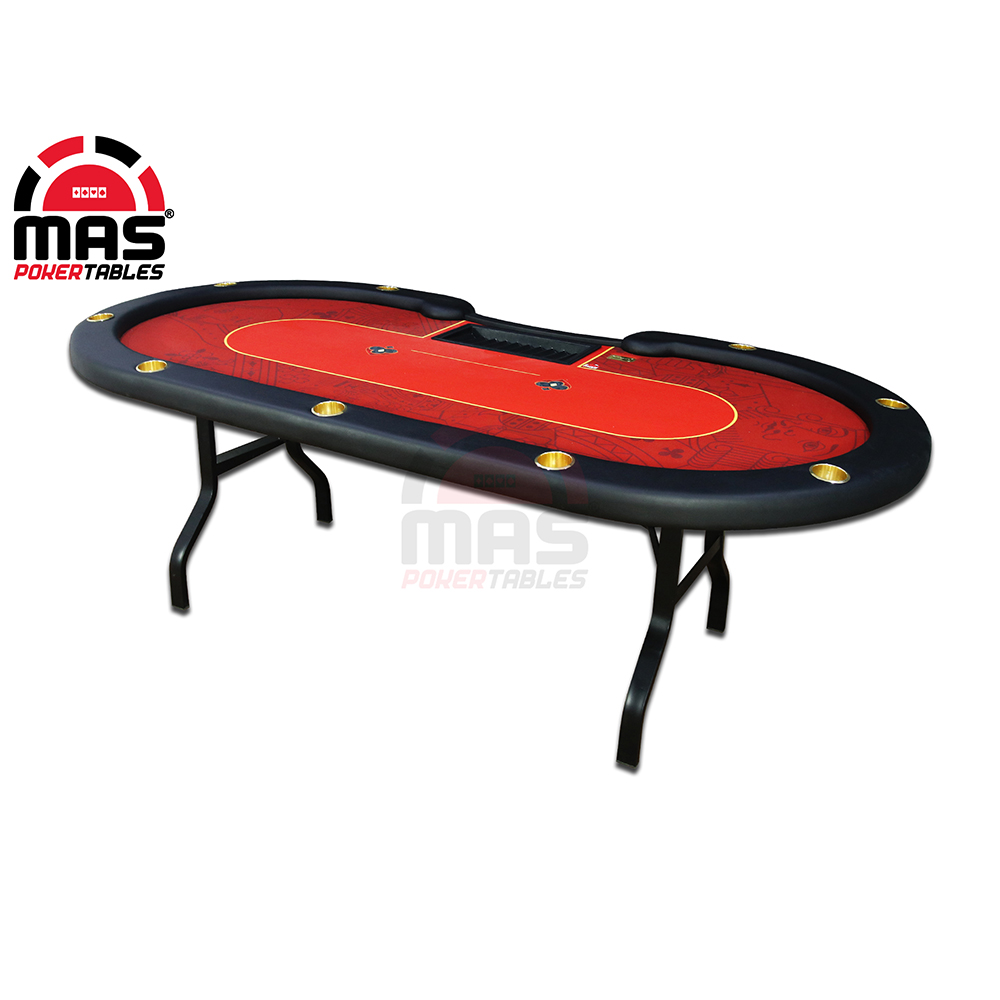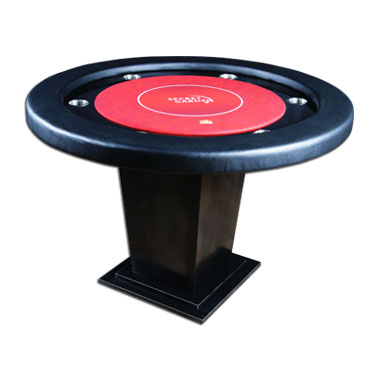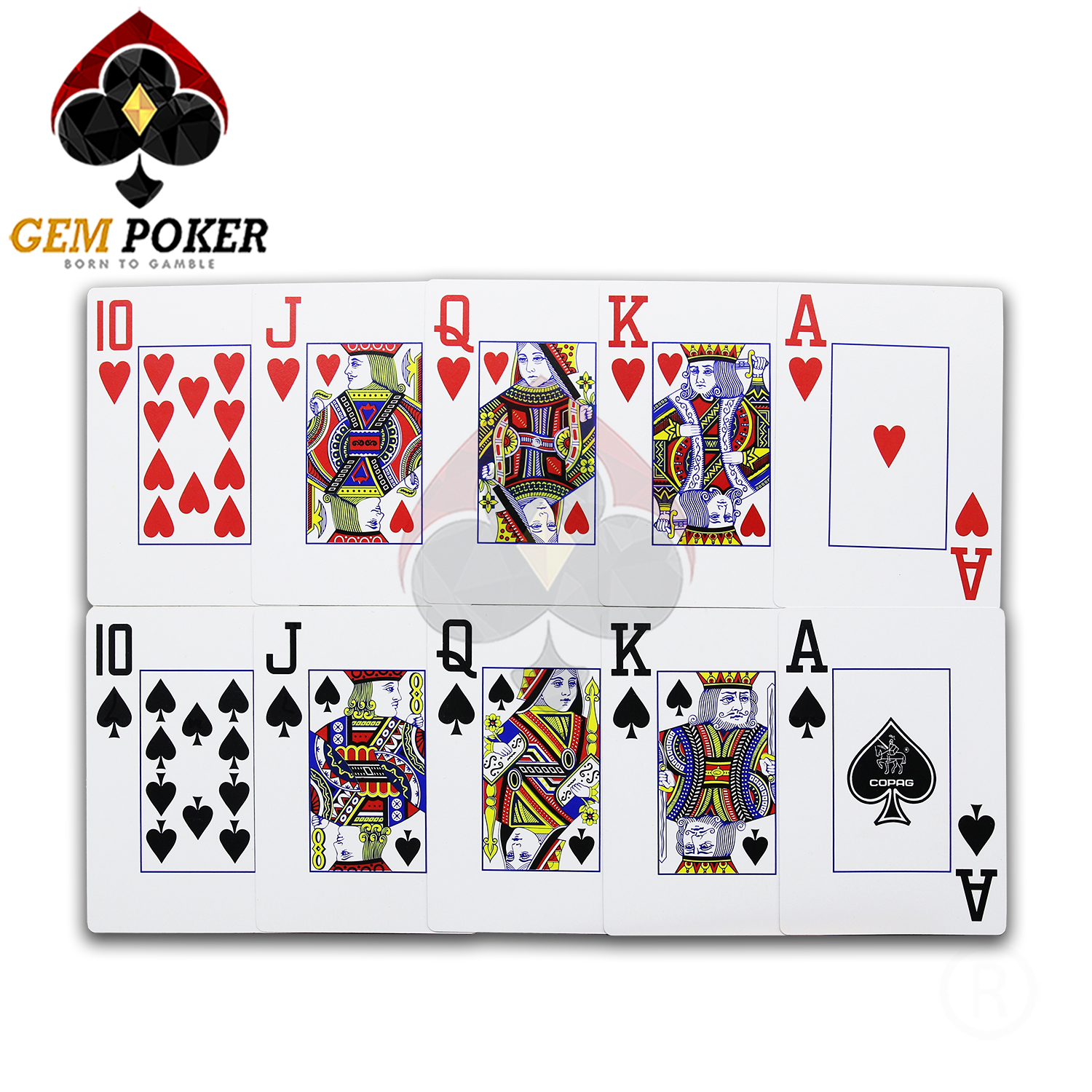When this costing method is applied, fixed production overheads are added to product costs. The ABS costing technique allocates fixed overheads to each unit produced regardless of the product sold. The costs here include raw materials and labor directly tied to production, variable, and fixed overheads. An accounting method that includes all direct and indirect production costs in determining the cost of a product, ensuring comprehensive expense coverage. The key difference in calculating the income statement under absorption costing versus variable costing is in how fixed manufacturing costs are handled. This differs from variable costing, which only allocates variable costs to units and treats fixed costs as period expenses.
WD & Co.: Analyzing Dog Coat Manufacturing Costs
When we include fixed overheads in the product costs, absorption costing provides a clear picture of the amount of resources consumed by the organization. In summary, absorption costing principles provide businesses with an accurate, GAAP-compliant accounting method to incrementally track product profitability changes tied to production volumes. By fully loading costs into inventory valuations, absorption costing helps prevent distortions and presents a transparent view of operations. Revenue is recorded in the same way under both absorption costing and variable costing. It reflects the sales made during the period at the price agreed upon with customers. There is no difference in revenue recognition between the two costing methods.
The Purpose of Budget vs. Actuals Analysis
The tradeoff is that net profit fluctuates more than with variable costing methods. Understanding these basics helps explain the meaning and utility of absorption costing. Absorption costing and variable costing are two different methods of costing that are used to calculate the cost of a product or service.
- Working out how much your organisation is spending in each area of the business is a crucial element of accountancy.
- We can then apply the OAR to the actual amount of work undertaken during the period to calculate the overheads that were actually absorbed.
- This results in fixed costs impacting COGS rather than flowing straight to the income statement.
- The differences between absorption costing and variable costing lie in how fixed overhead costs are treated.
- The main advantage of absorption costing is that it complies with generally accepted accounting principles (GAAP), which are required by the Internal Revenue Service (IRS).
- But the inventory values and net income figures can vary significantly between periods as inventory levels and production volumes fluctuate.
Period Costs:
For instance, NetSuite Inventory offers both forward and backward traceability of inventory—a feature that is particularly advantageous for businesses with an array of products and multiple locations. Absorption costing is an accounting technique that integrates all fixed and variable production expenses into the price of a good. As a result, the closing stocks are priced at the total cost, which considers fixed overhead. If the closing store is higher than the beginning stock, the overall result is a reduced charge for fixed overheads to the P/L account. However, in reality, a lot of overhead expenses are allocated using illogical ways.
Why Use the Absorption Costing Method?
Absorption costing improves the accuracy of your accounts for ending inventory, as expenses are linked to the total cost of your inventory on hand. Moreover, further expenses are assigned to unsold products, which means that the actual amount of expenses reported on your income statement may end up being reduced, providing a higher net income. Absorption https://www.simple-accounting.org/ costing fails to provide as good an analysis of cost and volume as variable costing. If fixed costs are a substantial part of total production costs, it is difficult to determine variations in costs that occur at different production levels. This makes it more difficult for management to make the best decisions for operational efficiency.
In periods where production declines, the opposite effect happens – fixed costs are released from inventory, increasing cost of goods sold and lowering net income. Tracking both types of costs allows companies to understand the full cost of production under absorption costing principles aligned with GAAP. In summary, the overhead absorption rate helps allocate a fair share of indirect overheads to each product based on expected production volume.
Allocation of Variable Manufacturing Overhead
Aside from making management and decision-making more difficult, allocating indirect expenses also affects operational performance. Because different apportionment grounds yield varied allocation to goods and have distinct effects on results, distortion happens. At the end of the reporting period, most businesses still have production units in stock. Net income is derived by subtracting all expenses (COGS and operating expenses) from total sales revenue. As long as the company could correctly and accurately calculate the cost, there is a high chance that the company could make the correct pricing for its products. Absorption costing results in a higher net income compared with variable costing.
Those costs include direct costs, variable overhead costs, and fixed overhead costs. For example, recall in the example above that the company incurred fixed manufacturing overhead costs of $300,000. If a company produces 100,000 units (allocating $3 in FMOH to each unit) and only sells 10,000, a significant portion of manufacturing overhead costs would be hidden in inventory in the balance sheet. If the manufactured products are not all sold, the income statement would not show the full expenses incurred during the period.
This indicator allows you to analyze the profitability of individual goods, product groups, departments and serves as a guide in the decision-making on the feasibility of further production of particular goods. The full cost indicator is widely used in pricing, especially when setting regulated prices. To support our conclusion and facilitate the decision-making process of the management, we can present the following summary to showcase the effect on the income statement of the company. By also calculating the price per unit in the suggested contract, we can compare it to the Absorption Cost. We notice that the amount offered will not even cover the cost of the products. We have to either negotiate a higher contract price or look into possible cost optimizations.
But the inventory values and net income figures can vary significantly between periods as inventory levels and production volumes fluctuate. Compared to variable costing, absorption costing income statements tend to show less volatility in operating income from period to period. This is because fixed costs are smoothed into COGS rather than impacting the period they are incurred. Fixed manufacturing overhead costs are indirect costs and they are absorbed based on the cost driver. Also, the application of Absorption Costing in the production of additional units adds to the net profit of the company since there are no more fixed costs to be allocated. Fixed manufacturing overhead costs remain constant regardless of the level of production.
Together with the team Vincent sets the strategy and manages the content planning, go-to-market, customer experience and corporate development aspects of the company. The cost calculation is systematically assigned to the product because there are not batches or LOTS. Absorption Costing can provide a complete picture of the financial cost calculation.
In this example, using absorption costing, the total cost of manufacturing one unit of Widget X is $28. Both absorption costing and variable costing are methods used for inventory valuation and product costing. Both types of costing include direct materials, direct labor, and variable manufacturing overhead in their product cost calculations.
Essentially, the product’s cost becomes a comprehensive reflection of all incurred expenses. Fixed manufacturing overhead is treated as a product cost in absorption costing and a period cost what is comprehensive income under variable costing. Though absorption costing stands as the go-to, GAAP-compliant methodology for inventory valuation, it’s not the sole costing strategy employed by businesses.
Absorption costing recognizes the significance of factoring in fixed production expenses when evaluating product costs and pricing strategies. Small firms with higher variable costs differ from those with higher fixed costs, including expenses like rent and insurance that don’t alter with sales and output. Expenses directly linked to a particular good or service are referred to as direct costs. Expenses that cannot be linked to a particular good or service are indirect costs.
Under absorption costing, companies treat all manufacturing costs, including both fixed and variable manufacturing costs, as product costs. Remember, total variable costs change proportionately with changes in total activity, while fixed costs do not change as activity levels change. These variable manufacturing costs are usually made up of direct materials, variable manufacturing overhead, and direct labor. The product costs (or cost of goods sold) would include direct materials, direct labor and overhead. Absorption costing is an inventory valuation method that allocates all manufacturing costs, including both variable costs and fixed overhead costs, to the units produced. This means that inventory is valued to include both direct costs of materials and labor as well as a portion of fixed manufacturing overhead costs.














